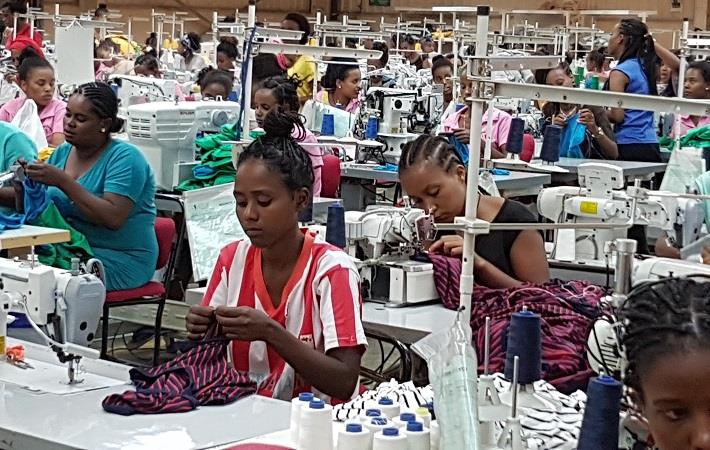Botswana’s textile and apparel producers reportedly seem to be giving up hope of exporting to the US under the duty-free provisions of the African Growth Opportunity Act (AGOA), preferring instead to focus on the local and regional markets. From 1.8 billion pula (P) in AGOA textile exports by local firms in 2008, the figure last year was at around P30,000.
In the same year, total textile exports were pegged at P233 million or 29 per cent higher than 2017 figures, implying that exports were growing but not to the US.Botswana's textile and apparel producers reportedly seem to be giving up hope of exporting to the US under the duty-free provisions of the African Growth Opportunity Act (AGOA), preferring instead to focus on the local and regional markets. From 1.8 billion pula (P) in AGOA textile exports by local firms in 2008, the figure last year was at around P30,000.#
Textiles are the nation’s primary export under AGOA.
According to trade and industry minister Bogolo Kenewendo, the US is a very difficult market and the requirements on the business can be quite taxing. Competition with much cheaper South East Asian nations is also a factor as textile products from Botswana are more expensive, she said.
AGOA throws up challenges like scaling up by firms and consistent supply at consistent quality, she told a business publication. Scale, capacity, distance, costs and high competition have dissuaded nearly all domestic players in the country.
In addition, the government’s reluctance to provide direct export incentives saw the number of AGOA textile export firms drop from 13 before 2009 to just one by last year. That company, Carapparel Botswana, relocated to Lesotho which provides its AGOA textile exporters with a range of state-funded incentives. (DS)
Fibre2Fashion News Desk – India
